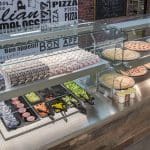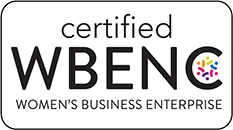Long lunch lines are often a struggle for K-12 schools. Short lunch periods and hundreds…
Solving the problem of long lines in school cafeterias
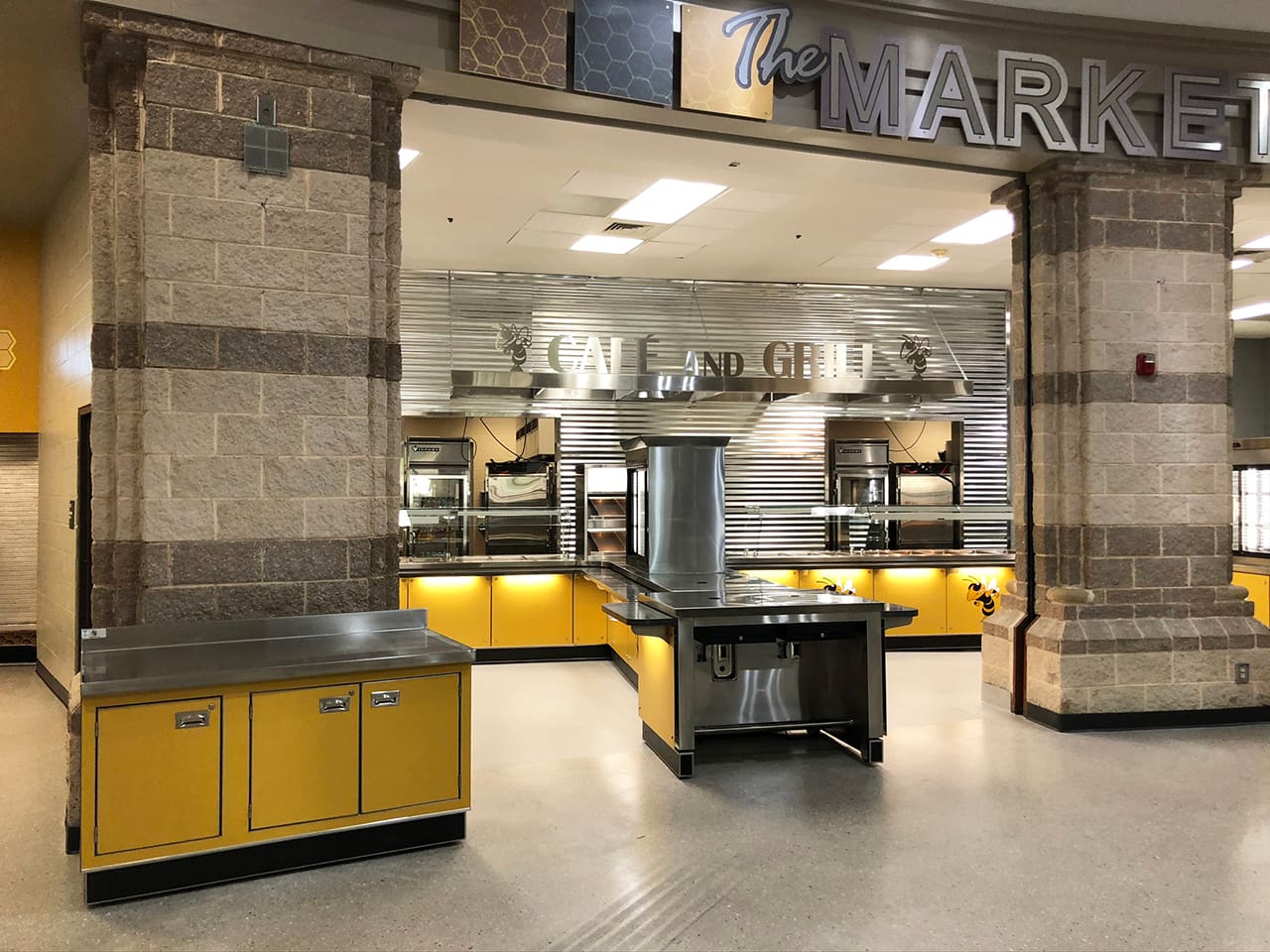
Long lunch lines mean big problems for schools and universities
Long lines are a perennial problem in schools, where short lunch periods conflict with the needs of hundreds of hungry students descending on the cafeteria at once.
It doesn’t take long for the line to back up at the lunch serving counter, which can leave students with only a few minutes to eat their lunch before time runs out. It creates a situation where many students simply opt out of school lunch altogether because it just takes too long to get a meal.
Solving the problem of long lunch lines can benefit schools and students in several ways. Students have adequate time to eat and a chance to unwind and socialize during lunch.
Schools can see a significant boost to their meal program when students aren’t deterred from the cafeteria by long lines. Making it easier for students to access meals tends to increase participation, often by as much as 15% or 20%, and thus increases revenue for the school nutrition program.
How to make school lunch lines faster:
Reconsider how you serve
In nearly every school, there’s one line that backs up more than others because students are drawn to that point of service — typically because it’s a line serving a popular food that isn’t available at other stations. That might be pizza or nachos or sandwiches, but whatever it is, it’s creating a bottleneck.
To address this, reconfigure your serving layouts to offer the most popular food options in every lunch line to prevent one line from backing up. It may require some “advertising” from the nutrition department to alert students to the changes, but once they realize it, students won’t back up at one station and the lines will naturally even out.
School cafeterias can also convert as much as possible from buffet serving equipment to grab-and-go style to reduce labor and increase speed of service.
Enhance your existing serving equipment
Some equipment changes — small and large — can have a significant impact on serving speed.
Take advantage of underutilized vertical serving areas for prepackaged or pre-boated menu items. Two-tier QuickSwitch shelves added to every lunch line allow hot or cold foods to be quickly served without taking up valuable space on the main line.
Sandwich slides are particularly popular in high schools and allow cafeterias to serve a lot of pre-made sandwiches quickly. Schools can have the most popular sandwiches made and ready to go while still offering the ability to individually prepare some orders as needed for special requests.
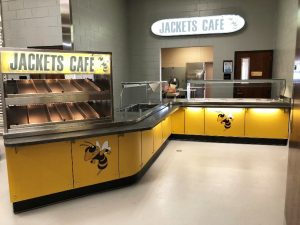
To make a more significant change, convert to LTI’s patented QuickSwitch wells to facilitate a smooth, natural progression through the lines.
In traditional setups, students have to go to the hot counter to get hot items and then to the cold counter for cold items. What ends up happening is that students backtrack in the lunch line because they forgot something at the cold line or wanted to build their meal in a particular order.
QuickSwitch allows schools to offer hot and cold foods side by side — and to switch between temperatures to accommodate the next meal — so everything can be served in a logical order. A taco salad bar can be designed so that students can get hot meat, followed by cold toppings like tomato and lettuce and then top it with melted cheese, all without doubling back to a previous section of the line.
Add points of service – and consider a free flow cafeteria
Sometimes the excessive queues are simply a matter of too much volume. Wherever possible, add additional points of service to increase access and decrease the likelihood of long lines forming.
Convert an underused storeroom or an old dish room and its pass-through window into a separate serving area with a unique theme and offerings, like this New York-deli styled serving area, which led to significant increases in participation.
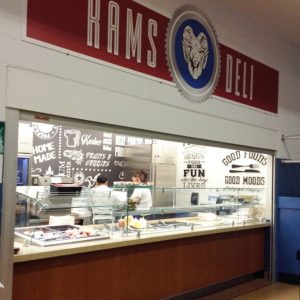
Even in schools that don’t have an available room to convert, it’s possible to put even a corner or hallway into action for a grab-and-go or limited-menu serving station.
For example, a standalone station was installed in the corner of one school’s cafeteria and equipped with a sandwich slide and refrigerator. Workers could quickly serve pre-made sandwiches and drinks from a small footprint.
For an even more flexible options, consider a kiosk cart. These carts can be rolled into convenient locations to create extra points of service around the campus — in a hallway or courtyard, for example. By taking these grab-and-go stations to where the students tend to spend their lunch, you can decrease traffic in the main cafeteria and boost participation.
For more ideas on improving the flow and function of your cafeteria, contact the K-12 dining specialists at LTI today.

